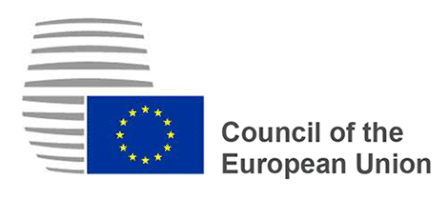

Characteristics of the revision
The proposal for a revision of the former IORP directive is part of the set of actions set up to mitigate the consequence of the 2008 financial crisis and to prevent future crises. Therefore the objectives of the revision have been manifold:
- Strengthening occupational pensions, i.e. pensions provided by employers as an employment benefit, in the light of demographic change, increased pressure on public pension systems and pension reforms leading to a reduction of pension benefit rates because of revised indexation.
- Channelling the capital accumulated in occupational pension funds and insurances to finance the ‘real economy’ and economic recovery
- Establishing more competition between occupational pension providers by allowing cross-border operations within the European Union
- Improving the protection of beneficiaries, especially in the light of an increase in defined-contribution models relative to defined-benefit models, by improving rules on the governance and transparency of pension providers
The directive brings the following revisions to the current framework:
- New governance requirements for pension providers, who have to include key functions ( risk management, internal audit, an actuarial function if it is defined-benefit), comply with certain provisions on remuneration to avoid conflicts of interest
- Member states can require a depositary to keep the assets safe and maintain oversight
- Enhanced powers for supervisors
- Better information for pension scheme members and beneficiaries, including an annual Pension Benefit Statement with clear information on individual pension entitlements
- Provisions to allow cross-border activities and portfolio transfers
- Taking into account of environmental, social and governance risks in investment decisions
Parliament changes rules on cross-border activity of pension schemes
The Parliament has achieved some significant changes from the original Commission proposal. To allow cross-border transfers of pension schemes, the original proposal required these to be ‘fully funded’, which in reality is not always the case. The new directive permits temporarily that pension schemes can be underfunded for cross-border transfers, but that the pension scheme has to determine a plan with the regulatory authority to re-establish full funding as soon as possible. The adopted directive does require that members and beneficiaries of a pension scheme have to agree for a cross-border transfer of the scheme, and determines the responsibilities of the original and the new member state to which the pension fund is transferred in terms of supervision.
A mandatory annual pension benefit statement
Also, the paragraph on the annual pension benefit statement has been recast to make the statement better understandable; however it is still a requirement to inform members annually and free of charge on a ‘durable medium or by means of a website, or on paper […]. A paper copy shall be provided to members on request in addition to any information through electronic means’.
The benefit statement should sketch out material changes to the information from the previous year and contain information on the statutory retirement age and the retirement age laid out or estimated for the occupational pension, contact addresses and identification of the pension provide, information on guarantees under the pension scheme and information on pension benefit projections. If the projection depends on economic scenarios, a best estimate and an unfavourable scenario should be presented. The statement should also include information on the accrued entitlements or capital, contributions paid over the last 12 months and a breakdown of the costs deducted by the IORP and on the funding level of the scheme. Information to beneficiaries shall continue even in the pay-out phase, if beneficiaries still bear a strong financial risk during this phase.
AGE: statutory pensions must remain central, but IORP directive is an important improvement
AGE insists that the main pension pillar should be the statutory pillar, which is capable of preventing old-age poverty even in cases of fragmented employment biographies – which are a main threat to the adequacy of future pensions. Non-standard contracts and the increase of low-income auto-entrepreneurship, career breaks because of care responsibilities for children or family members in need for care and assistance, divorce and widowhood or health problems are the main drivers of old-age poverty, and these cannot be combated by occupational pensions.
However, AGE welcomes the adoption of the directive, as this it provides for more and better information to pension scheme members and beneficiaries. In combination with the 2014 directive on the portability of occupational pension rights, the directive is especially an improvement for mobile workers. The rules on separating internal functions of pension providers are to be welcomed, as are the new reporting requirements to supervisory authorities. The possibility of cross-border activities bears the potential to improve returns of pension providers to their beneficiaries. The requirement to maintain intergenerational solidarity in the distribution of the returns of pension provider’s assets is however important to the acceptance of occupational pension funds for all generations. AGE regrets that the initial idea of creating solvency rules for pension providers have not been retained in the proposal. Also, the issue of different and sometimes unclear taxation of occupational pensions in cases of cross-border mobility of pensioner is an untackled issue for pensioners.the issue of different and sometimes unclear taxation of occupational pensions in cases of cross-border mobility of pensioner is an untackled issue for pensioners.
More information
- Final text: Directive of the European Parliament and of the Council on the Activities and Supervision of Institutions for Occupational Retirement Provision (IORPs) (recast)
- European Commission, Frequently Asked Questions about the revision of the IORP directive
- European Parliament legislative resolution of 24 November 2016 on the IORP-2 directive (text, access to votes and debates in plenary)






